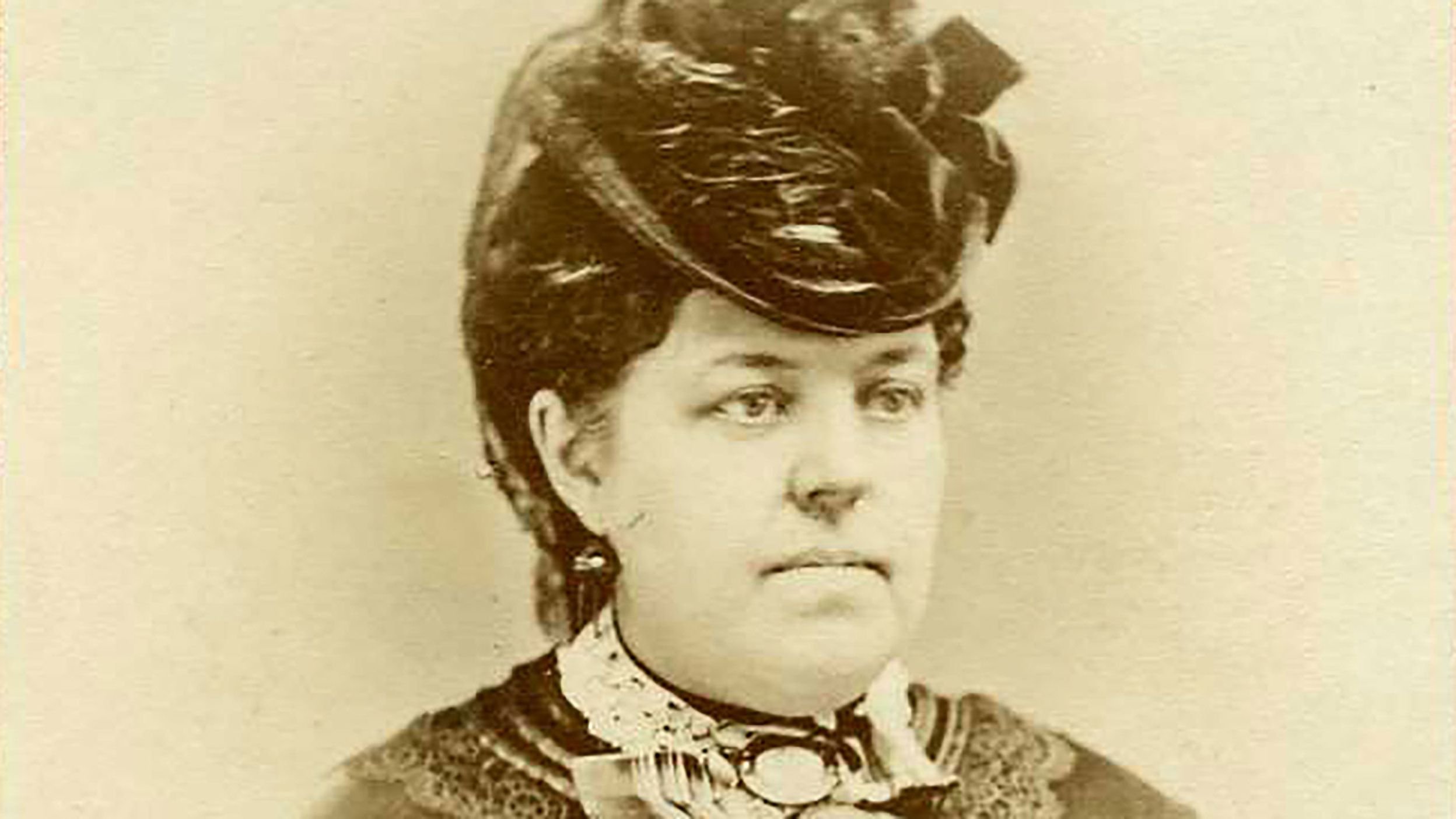Esther Howland: The Queen of Valentines
During the late 1800s, as postage rates dropped worldwide, Valentine’s Day cards surged in popularity—some of them quite risqué. Despite the prudish reputation of the Victorian era, racy and sarcastic valentines, known as "penny dreadfuls" or "comic valentines," became a sensation. The trend was so extreme that several countries banned the exchange of Valentine's Day cards altogether. In Chicago, the post office rejected over 25,000 cards in a single season, deeming them too indecent to pass through the U.S. mail.
At the heart of this craze was Esther Howland of Worcester, Massachusetts, often credited with launching the commercial Valentine industry in America. In 1847, she saw an opportunity in the growing demand for decorative valentines and persuaded her father to order lace paper and other fine supplies from England and New York City. She crafted a dozen sample cards, which her brother took on a sales trip, hoping for a modest $200 in orders. Instead, he returned with more than $5,000 in advance sales—far more than she could produce alone.
Faced with this overwhelming demand, Howland recruited her friends and devised an all-female assembly line in her family home. Under the skylight on the top floor, her team worked at long tables, each adding intricate details with paste pots and delicate hands. She even pioneered a cottage industry model, sending boxes of supplies—complete with sample templates—to women in outlying areas, whose finished products were collected by her coachman a week later.
Her business, The New England Valentine Company, grew rapidly, and by 1879, she had moved operations to a dedicated building. That same year, she published The New England Valentine Co.'s Verse Book, allowing customers to choose from 131 different verses to personalize their cards. Her innovation didn’t stop there—she introduced multi-layered designs with hinged flaps, accordion springs, embossed flowers, and dramatic shadow-box effects that set her valentines apart from the competition.
New England Valentine Company
By the time she sold her business to George Whitney in 1881, Howland’s company was grossing over $100,000 per year—a staggering sum for the time. More than just a creative force, she was a sharp entrepreneur who revolutionized the greeting card industry.
Esther Howland is one of my sheroes—her vision, artistry, and business acumen turned Valentine's Day into the card-giving holiday we know today. Way to go, Esther!


